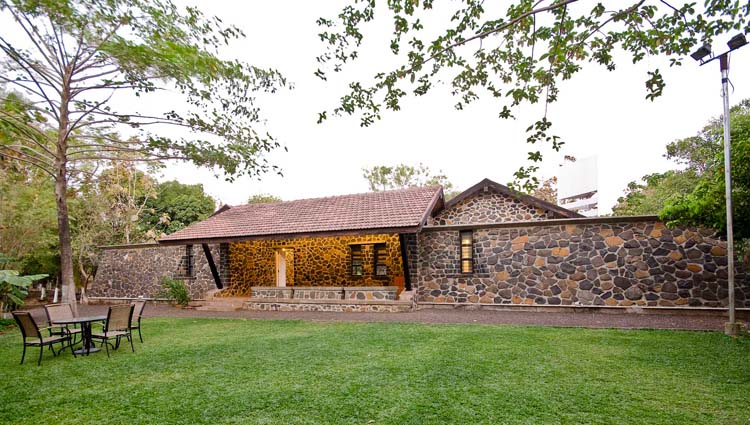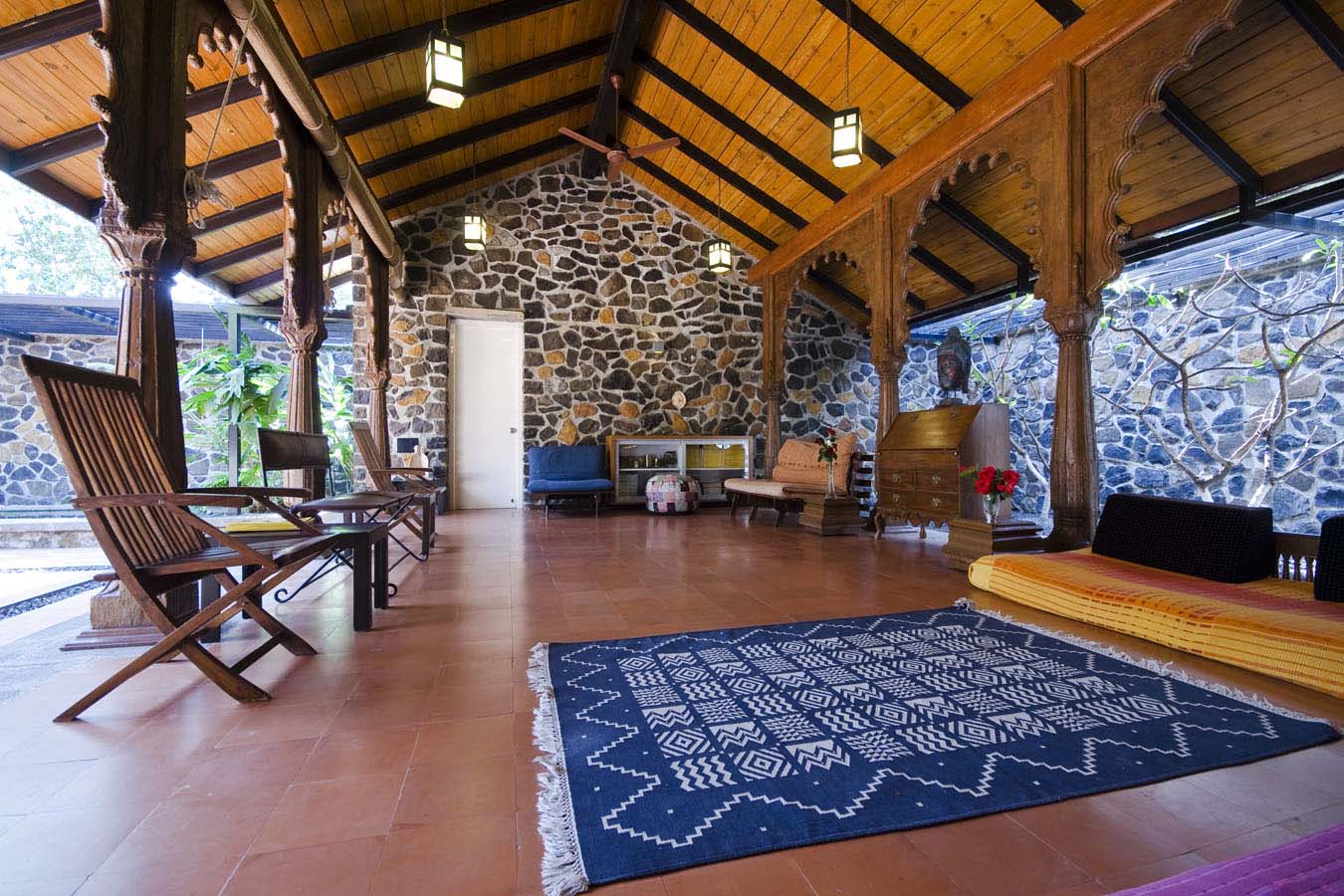Ar Sanjay Patil, Nashik was awarded the 2A Asia Architecture Award in Asia and Europe (Residential Architecture, third place) 2017 in a ceremony held in Berlin. He won the award for a farmhouse project at Mahiravani, Nashik (Maharashtra). Architect and writer Minaz Ansari writes about the project and the poetic connect that it has with her.
My first tryst with this site took place in the year 2000 when the farmhouse did not exist! I have vivid memories of me, a novice, visiting this large, barren, rocky piece of land with a team of colleagues and the Principal Architect Sanjay Patil to explore design ideas and to grasp the architect’s vision for it.
On my second visit in 2010, I fell in love with the place. The site was transformed by a thick cover of trees. And deep inside this little forest emerged a space which left me captivated by its simplicity of design and materials, its deep connection with nature and its earthy vibe. Subsequently, I visited the place again and again, with different sets of people, in different seasons and at different times of the day. I analysed it and wrote about it in the book ‘Nesting in Nature – Sanjay Patil’.
I have seen first-hand the impact that this piece of architecture has had on those who walked into its fold. I have seen some leap in joy and some overwhelmed enough to dissolve into tears just by the impact of the experience. Such is the power of space when it stays connected to nature and its elements; reaching out to embrace the sky and bowing down to connect with the earth, all at once.
Often I have imagined it as a living breathing entity, a silent witness to all species who inhabit or visit. From insects and birds to trees and sapiens, all of us add a stanza, a line, even a word to its poetic existence. And sometimes, on a rainy day, like today, I hear it say,
“I am earth, I am stone,
With a life of my own.
I am gravel, I am clay,
A sunbeam here to play.
I am water, I am air,
A branch of champa bare.
I am light, I am shade,
Shining dew on a grass blade.
I am timber, I am steel,
I am raindrops forming a veil.
I am walls of sloping stone,
A roof that feels like home…
I am space, I am void,
A lotus overjoyed!
I am a pool of water still,
A courtyard tranquil
I am fragrance, I am touch,
My warmth a gentle nudge.
I am sight, I am sound,
I am one with my surrounds.
I am grass, I am trees,
I am the humming of the bees.
I am a silence that can be heard,
Amidst the chirping of a bird.
I exist and yet I blend,
No beginning or no end.
I am constant yet I have changed,
I am nature rearranged…
I am the past, yet I am now,
Meet me and find out how…”
About the author:
An architect by training, a writer and educator by passion, Minaz loves to design, teach, make short movies and write (and not necessarily in that order). Minaz is a published author with her book NESTING IN NATURE – SANJAY PATIL being sold worldwide. She is also a budding eco-warrior who has been advocating the cause of sustainable and zero-waste living at various forums.














